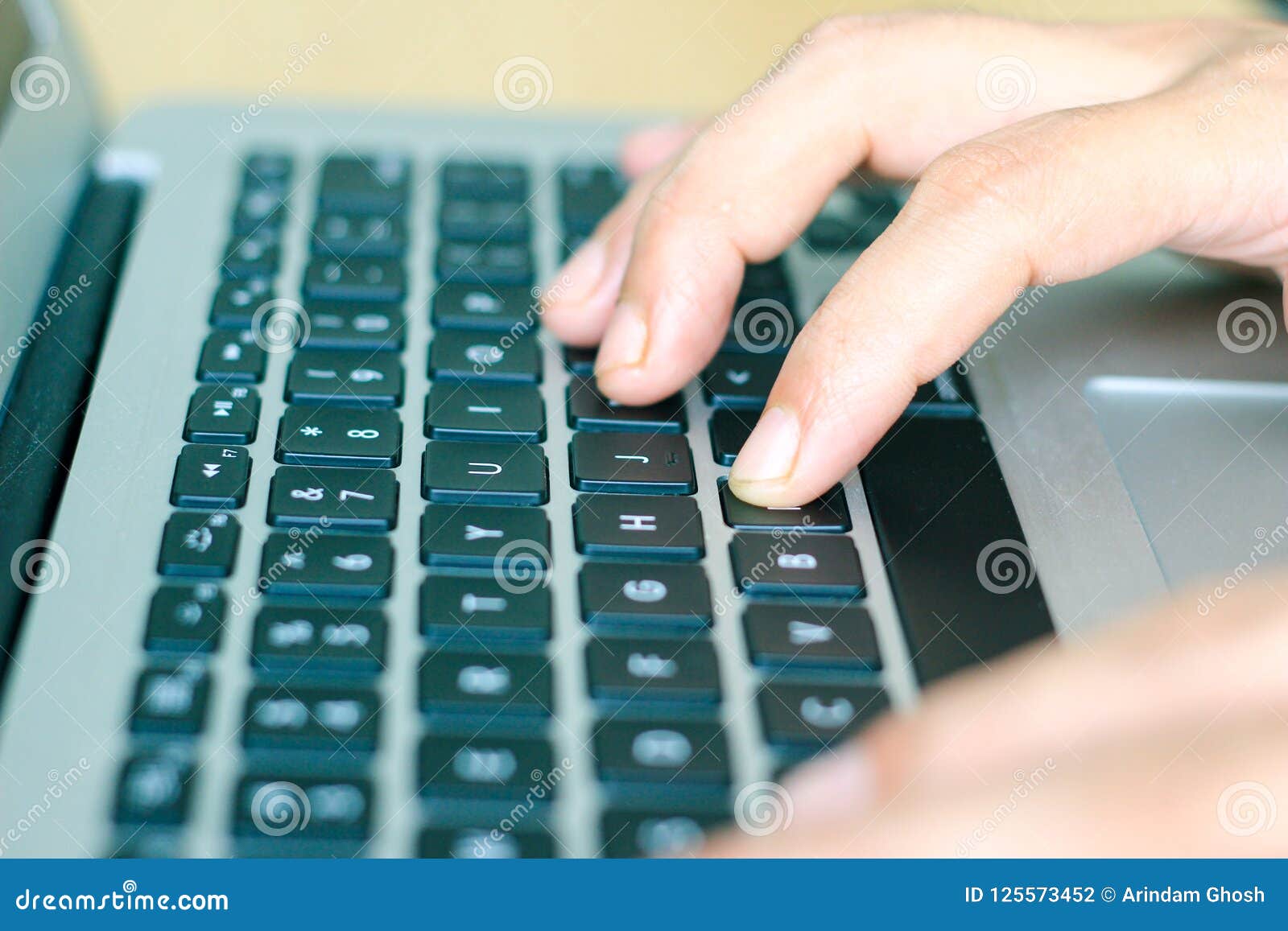

In English-speaking countries, we use what is called a QWERTY keyboard layout (which spells the first 5 letters on the top row).

You will notice that there are two little raised bumps on the F and J keys – this is where you should rest your index fingers and are there to help touch typists always ‘go home’ with their fingers when they are not looking down at the keyboard. Home row touch typing is where the index fingers sit on the F and J keys and each finger sits alongside on neighbouring keys. The benefits of learning are huge with increased productivity, focus and creativity.įrank Edward McGurrin, a court stenographer from Salt Lake City, Utah who taught typing classes, reportedly invented home row touch typing in 1888. You can copy notes from the board without breaking focus. You can engage with other people and type at the same time.
#Touch typing fingers free#
The constant looking up and down from screen to keyboard can cause errors which slows down output but touch typing can change all that to free up time and effort so that you can focus on the content of the task you have to complete.
#Touch typing fingers professional#
Especially if you have to use a keyboard in a professional workplace or for exams at school. Most people often ‘hunt and peck’ on a keyboard with two fingers. Tests you for your WPM and provides keystrokes.Touch typing is the practice and skill of typing using all fingers on both hands without looking at the keys on a keyboard. I visit this site more than I'd like to admit haha. Quick practice in real-time with other people. Good for practicing trouble keys, WPM might not be as accurate since you're not typing real words. My main source of learning! I heavily focus on accuracy and make edits to fit my habits (Example: they teach you to type the key 'p' with your right pinky but I find it more comfortable to hit it with my ring finger) Here are the websites I use and a few notes: I found that leaving my typos in casual conversations and sharing my improvements with friends helped me stay encouraged :) About a month later, my peak WPM is at 40, and I'm looking towards improving further. My starting point was 7WPM and I'm practicing most days of the week, whenever I have free time. Hi OP! I recently made this switch and I can say that it's been a bumpy road but well worth it! It's important to have a lot of patience. This goes for using both shift keys as well - it's very annoying at first, but it'll pay off. My advice would be to stick to the 'proper' method for a while to learn the rules, and then break them for tricky words where you can type faster with 'improper' technique. Touch typing can actually be quite inefficient for some words which only use one hand, or have several letters typed by the same finger on different rows. Monkeytype on quote mode is the best I've found, but tenfastfingers and typeracer are good too.īecause you're already fast, and because you're going to practice a lot, and regularly, I think you could do it in a month or two. To suppliment that, use a site that uses real words as well as punctuation to make sure you progress evenly. It's also great for keeping track of progress.

This will make you faster with words that aren't already in your muscle memory. Once you're comfortable with where everything is, I'd recommend using keybr, which generates mostly random 'fake' words based on which keys you're struggling with. Each lesson is guided and it's designed for beginners, so it's slow going, but you will learn everything the right way. It includes lessons on numbers and symbols too. It constantly reminds you of potential mistakes you could be making, which was great for getting the basics down. This was over several months.įor me the best site to start on was TypingClub. Another 10hrs to get to 75wpm, which is where I am now. After about 15hrs of actual practice I was at 60wpm. After two weeks or so I was fairly comfortable touch typing at 30wpm, but I did commit to using ten fingers and not looking at the keyboard, even when I had to work. I've done this but my initial speed was only around 30wpm.


 0 kommentar(er)
0 kommentar(er)
